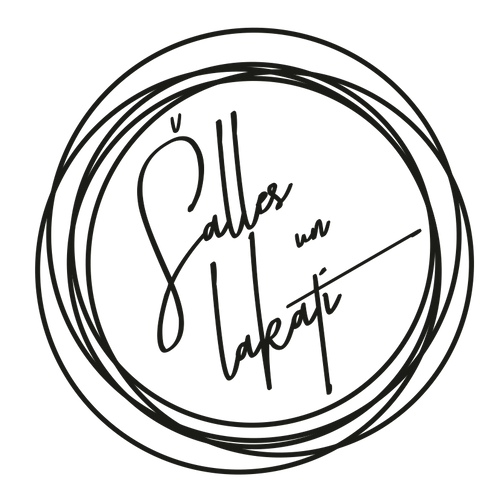
From ancient China to the present day - the history of silk fabric
According to Chinese legend, silk was invented The Yellow Emperor wife Lei Zu around the 28th century. before our era. Lei Zu allegedly studied the damage caused to the emperor by silkworms mulberries and noticing that it was possible to obtain a fiber thread from their larvae, she later persuaded her husband to give her a mulberry grove to grow silkworms. Lei Zu also attributes the invention of various silk production accessories. Scientific findings suggest that silk production began around the 6th millennium BC and was certainly known in the 3rd millennium BC. Silk was one of the most important and well - known commodities in international trade until industrial revolution. The first archaeological evidence of silk exports was obtained from someone around 1070 BC. made mummies. With time In Asia formed The Silk Road - a system of trade routes from China to Europe. The Chinese tried to keep silk production technology a secret in order to keep it monopoly, however, in the 2nd century. before our era technology was known In Korea, 3rd century - in India, but around 550 it began to be made bizantijā, where the silkworms required for the production of silk together with the mulberry seeds, the emperor Justiāna I brought on behalf of Christian missionaries. The Byzantines, like the Chinese, tried to keep the production technology a secret, but in the 8th century. silk production technology from North Africa was imported In Spain a In Sicily, but in the 13th - 14th centuries became the main centers of European silk production Italy a In France.
Silk has always had the status of an imported commodity in Europe, dating back to the Roman Empire, but it has not lost its status as a luxury commodity. The first paths of silk to Europe were laid before our era, when the rulers of ancient China wanted to establish stable trade and trade contacts with the West, India, Persia (Iran), Egypt and Rome. Although silk fabric was an expensive commodity, it has always been in high demand and the high price charged by Arab traders, who regularly traveled almost 8,000 km from China to Europe, crossing several deserts, the plains of Afghanistan and Kazakhstan. The delivered product was always redeemed, maintaining a regular demand for expensive, yet very fine silk fabric. Silk was especially popular with European royals, nobles and wealthiest merchants, so the southern French city of Lyon became a kind of silk recycling center, where the much-sought-after silk was imported by sea from the eastern shores of the Mediterranean.
In turn, the acquisition of durable and rich jacquard fabric became possible only in the early 19th century, when the French inventor and weaver Joseph Marie Jacquard invented jacquard looms, allowing the weaving of technically complex and luxurious fabrics to be significantly accelerated. Jacquard fabrics were also obtained with the invention of specialized looms, but their technological process was very complex and could not be mechanized. In order to obtain a jacquard fabric, the weavers of that time had to use child labor - the little boy was seated inside the loom and, following the team of the weaver-master, trying to avoid the spool, he had to move special hooks and needles with colored threads very quickly to create the necessary weave pattern. At one time, Joseph Jacquar also played the role of this little steward, who increased his ability to revolutionize the acquisition of expensive fabrics by introducing the use of punch cards in the technological process of stew work, which not only reduced the need for handwork but also made larger pieces of fabric. This improvement significantly increased the availability and demand for jacquard fabric, the past cost of which was simply financially disadvantageous for both the fabric manufacturer and the buyers. In this way, the fabric that was once affordable only became available to the wealthiest farmers and still bears the name of the observant and wise weaver Joseph Jacques.
Only good quality natural silk meets the perfect properties of the fabric - breathable, wrinkle-free and does not need to be ironed after washing. The other two fabrics can be subject to the first two conditions at best. However, manufacturers are constantly striving to improve quality by adding impurities to various chemical or synthetic materials, and these variations are virtually endless. So what exactly do we buy and wear?
Natural silk (good quality!) Has properties that are commonly sought after in fabrics: it warms in the cold but cools in the hot; quickly absorbs moisture, although it does not become moist to the touch; practically does not wrinkle. Sweat, however, makes silk fragile and brittle. Depending on the quality of the thread, the weave and the treatment, the silk fabric can be very thin and soft (plastic), as well as thick and strong. Natural silk products should be cleaned chemically, otherwise they will lose their color. Wash only by hand at 30oC and with gentle means, do not rub, crease or cut. Rinse in warm, then cold water, dry, spread on a towel or gently wrap in it. Do not dry in the sun or near direct heat. Iron lightly with a moderately warm iron in the silk mode on the left side. Do not wet when ironing!
How to distinguish natural silk from polyester and viscose?
It is difficult to detect at first sight with the eyes or the touch. You need to take a few strands of cloth and try to light them. When burning, the natural silk fiber emits a smell similar to burning wool or burnt bone - in a word - the smell must be quite unpleasant. When burned, silk forms carbon, which easily crumbles and rubs on the fingers like paper or firewood ash. Unlike silk, polyester melts, but viscose burns and smells like burning paper. If it is not possible to check by the burning method, then you can take a longer thread from the fabric and divide it into fibers - the natural silk fiber sticks to your fingers and clothes like a spider's web.
Sponge - very airy, smooth, thin, transparent and shimmering
Habotai - glossy, smooth, airy, semi-transparent
Chinese crepe - very gentle to the touch, soft, falling, shiny, with a barely perceptible grainy texture
Satin - Extra shiny, sleek, very soft to the touch and falling
Chiffon - very thin, airy, transparent
Twill - dense, shiny, texture like denim
If any of these types is preceded by crinkle - This means that the fabric has a creased texture.
In addition to the types of silk listed here, there are many others. For instance, georgette, crepe georgette, dong feng gauze, crepe satin, doupion etc.

